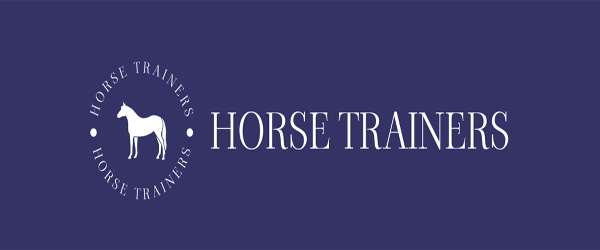Long lining is a type of garment manufacturing that is not commonly found in most factories. It is the process of stretching fabric over a frame and stitching it together in one long continuous piece. This type of garment manufacturing has been around for a long time, but it is only recently that it has become more prevalent in industrial sewing operations.Long lining is beneficial because it allows companies to produce a large volume of garments without adding new machinery or increasing the number of workers. It also has a lower cost per garment than other methods of manufacturing garments such as vertical sewing or vertical cutting. This article explains how long lining works and how it can benefit your business.
What is long lining?
Long lining is the process of stretching fabric over a frame and stitching it together in one long continuous piece. This type of garment manufacturing has been around for a long time, but it is only recently that it has become more prevalent in industrial sewing operations.Long lining is beneficial because it allows companies to produce a large volume of garments without adding new machinery or increasing the number of workers. It also has a lower cost per garment than other methods of manufacturing garments such as vertical sewing or vertical cutting.This article explains how long lining works and how it can benefit your business.
Why is long lining so important?
Long lining is beneficial because it allows companies to produce a large volume of garments without adding new machinery or increasing the number of workers. It also has a lower cost per garment than other methods of manufacturing garments such as vertical sewing or vertical cutting. This article explains how long lining works and how it can benefit your business. Long lining is an alternative to vertical manufacturing. It is a method of garment manufacturing that has been around for many years. Long lining is the process of stretching fabric over a frame and stitching it together in one long continuous piece. This type of garment manufacturing has been around for a long time, but it is only recently that it has become more prevalent in industrial sewing operations. Long lining is beneficial because it allows companies to produce a large volume of garments without adding new machinery or increasing the number of workers. It also has a lower cost per garment than other methods of manufacturing garments such as vertical sewing or vertical cutting.
How does long lining work?
The first step in the long-lining process is selecting the fabrics that will be used. The fabric that will be used for the lining must be thick enough to support the garment. The lining fabric is also usually a heavier fabric than the outer fabric. The lining fabric should be at least 50% heavier than the outer fabric. The lining fabric can be the same fabric as the outer fabric, but it is usually much thicker and heavier. Next, the fabric should be cut and stitched together into one long continuous piece. This can be done manually or with a sewing machine. The lining can be attached to the garment using a variety of methods, such as machine or hand stitching or interlining. The garment is then finished and ready for sale.
Benefits of using long lining
- Increased garment volume - Long lining allows companies to produce a large volume of garments without adding new machinery or increasing the number of workers. - Lower garment cost - Long lining has a lower cost per garment than other methods of manufacturing garments such as vertical sewing or vertical cutting. - Improved garment quality - Long lining allows companies to produce a large volume of garments without adding new machinery or increasing the number of workers. - Increased garment variety - Long lining allows companies to produce a large volume of garments without adding new machinery or increasing the number of workers. - Increased garment availability - Long lining allows companies to produce a large volume of garments without adding new machinery or increasing the number of workers.
Drawbacks of long lining
- Increased garment cost - Long lining has a higher cost than other methods of manufacturing garments such as vertical sewing or vertical cutting. - Increased garment complexity - The process of long lining requires the use of more complex machinery and more experienced workers. - Increased garment production time - The process of long lining takes longer than other methods of manufacturing garments such as vertical sewing or vertical cutting. - Increased garment manufacturing space - The process of long lining requires more space than other methods of manufacturing garments such as vertical sewing or vertical cutting.
Final words
Long lining is an alternative to vertical sewing. It is a method of garment manufacturing that has been around for many years. Long lining is the process of stretching fabric over a frame and stitching it together in one long continuous piece. This type of garment manufacturing has been around for a long time, but it is only recently that it has become more prevalent in industrial sewing operations.Long lining is beneficial because it allows companies to produce a large volume of garments without adding new machinery or increasing the number of workers. It also has a lower cost per garment than other methods of manufacturing garments such as vertical sewing or vertical cutting. This article explains how long lining works and how it can benefit your business.
